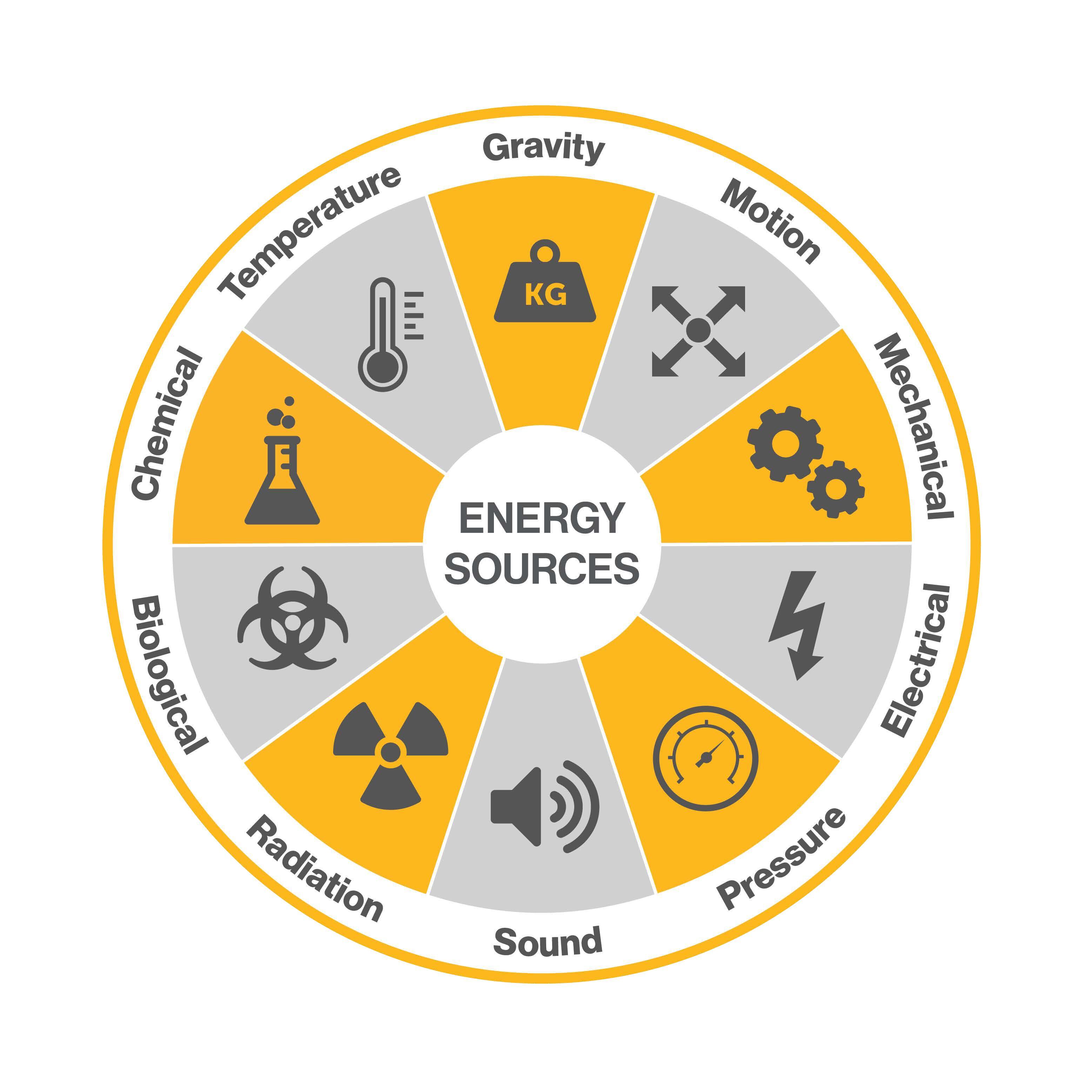On July 1, 2013 the U.S. Department of Transportation’s Federal Motor Carrier Safety Administration’s (FMCSA) new federal regulations designed to reduce truck driver fatigue took effect. Trucking companies were given 18 months to adopt the new rules which now see:
- The maximum average work week for truck drivers to limited to 70 hours, a decrease from the current maximum of 82 hours
- Truck drivers who reach the maximum 70 hours of driving within a week can only resume driving if they rest for 34 consecutive hours. This includes at least two nights spent sleeping from 1-5 a.m.
- Truck drivers are required to take a minimum 30-minute break during the first eight hours of a shift.
The final rule retains the current 11-hour daily driving limit and 14-hour work day.
Although these regulations are only applicable in the US, on Wednesday the North American Fatigue Management program was launched. This initiative is backed by Transport Canada, the U.S. Federal Motor Carrier Safety Administration and Alberta Transportation. The program aims to help organizations develop a corporate culture aimed at reducing driver fatigue by providnig companies with a series of training manuals.
Driver fatigue is a serious problem in North America, with studies showing that 30 percent of fatal commercial truck crashes are fatigue related.
How our fatigue risk management solutions can help
For many transport companies, mitigating fatigue for drivers can be hard. Although training manuals can be an effective way to help drivers understand why it is important to manage fatigue, our Readiabnd technology allows drivers to see their real-time effectiveness scores directly on the band as well as providing them with sleep reports that show how their actual sleep is affecting their fatigue levels by day and by hour.
Readiband is the easiest way for organizations to measure fatigue and understand concrete strategies to decrease fatigue-related on-the-road accidents, reduce insurance premiums and improve overall safety performance.
In the news:




